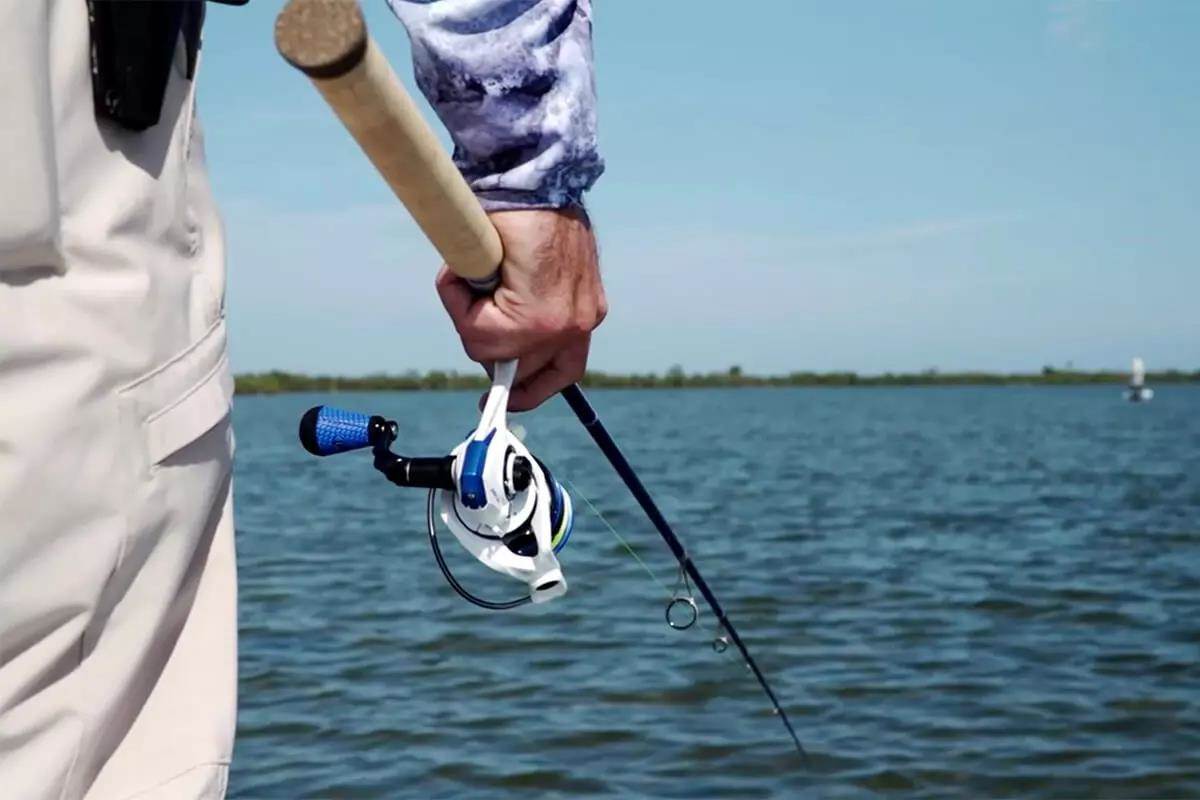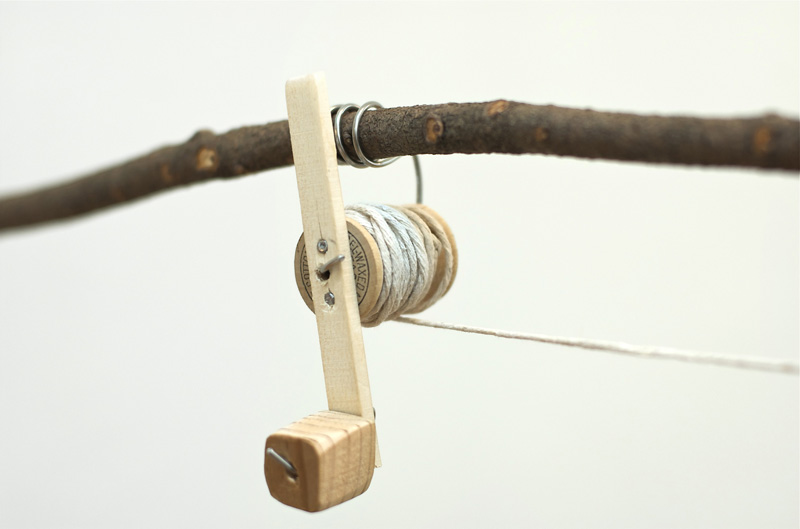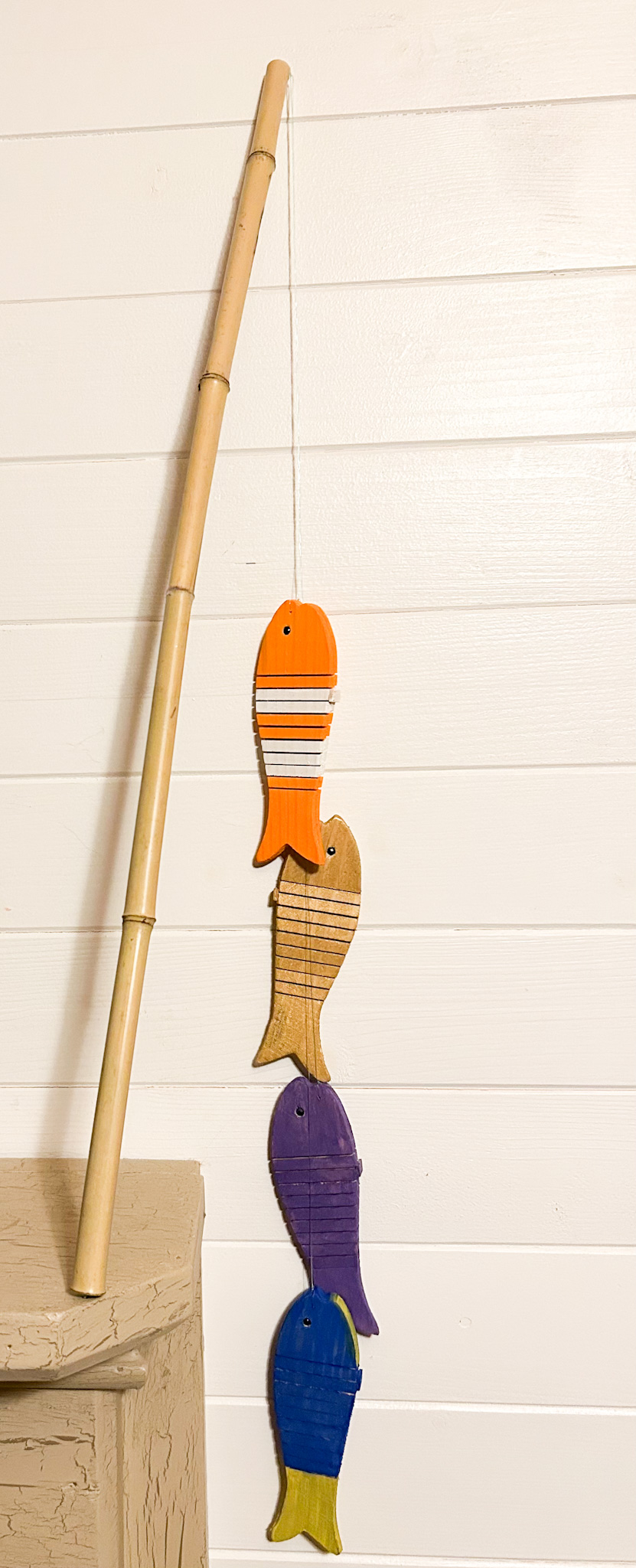The allure of fishing lies not only in the thrill of the catch but also in the satisfaction of creating your own fishing rod. Handcrafting a custom fishing rod allows you to personalize your angling experience, tailoring the tool to your specific needs and preferences. Whether you’re an experienced angler or a beginner looking to embark on a new DIY project, mastering the art of crafting a fishing rod can be a rewarding and enriching journey.
In this comprehensive guide, we will walk you through the step-by-step process of creating your very own fishing rod, from selecting the right materials to assembling the components and fine-tuning the final product. Discover the joy of crafting a fishing rod that perfectly complements your fishing style and unlocks new levels of satisfaction on the water.
Prepare to embark on a journey of craftsmanship and unlock the secrets of creating the perfect fishing rod.

Gathering the Necessary Supplies for Fishing Rod Crafting
Before you can begin the process of crafting your own fishing rod, it’s essential to gather the necessary supplies and materials to ensure a successful and seamless project.
Selecting the Right Rod Blank
The rod blank is the foundation of your fishing rod, and choosing the appropriate one is crucial for achieving the desired performance and feel.
Determining the Rod Length and Power
Consider the type of fishing you’ll be doing and the target species to select the optimal rod length and power rating.
Evaluating Rod Blank Materials
Familiarize yourself with the various materials used for rod blanks, such as graphite, fiberglass, or composites, and their unique characteristics.
Choosing Appropriate Rod Components
In addition to the rod blank, you’ll need to select a variety of other components to complete your fishing rod.
Reel Seat and Guides
Ensure you have the correct reel seat and guides that are compatible with your rod blank and fishing style.
Grip and Butt Cap
Select a comfortable grip material and a durable butt cap to provide a secure and ergonomic feel.
Acquiring the Necessary Tools
Having the right tools on hand will make the rod-crafting process more efficient and precise.
Essential Tools for Fishing Rod Building
Gather items such as a rod wrapping station, thread, epoxy, and specialized tools like a rod wrapper and thread tensioner.
Optional Tools for Advanced Techniques
Depending on the complexity of your project, you may also need additional tools like a rod sander or a rod dryer.
The Step-by-Step Process of Crafting a Fishing Rod
With your supplies and materials ready, you can now embark on the rewarding journey of building your very own custom fishing rod.
Preparing the Rod Blank
The first step in the rod-crafting process is to prepare the rod blank for the installation of the various components.
Cutting the Blank to Length
Measure and carefully cut the rod blank to the desired length, ensuring a clean and precise cut.
Cleaning and Sanding the Blank
Thoroughly clean the rod blank and lightly sand the surface to create a smooth finish for the subsequent steps.
Installing the Reel Seat
The reel seat is the critical component that secures the fishing reel to the rod, so its proper installation is crucial.
Aligning and Securing the Reel Seat
Carefully position the reel seat on the rod blank and secure it in place using the appropriate adhesive or epoxy.
Ensuring a Secure and Balanced Fit
Verify that the reel seat is aligned correctly and provides a stable and balanced platform for the fishing reel.
Positioning and Attaching the Guides
The guides are responsible for directing the fishing line along the length of the rod, and their placement is essential for optimal performance.
Measuring and Marking Guide Placement
Carefully measure and mark the guide positions along the rod blank, following recommended guide spacing patterns.
Wrapping and Securing the Guides
Use the appropriate thread and adhesive to wrap and secure the guides to the rod blank, ensuring a clean and durable finish.
Adding the Grip and Butt Cap
The grip and butt cap provide comfort and control during the fishing experience, completing the construction of your custom rod.
Shaping and Attaching the Grip
Carefully fit and secure the grip material to the rod blank, ensuring a comfortable and secure hold.
Installing the Butt Cap
Attach the butt cap to the end of the rod, providing a sturdy and finished appearance to your custom fishing rod.
Finishing Touches and Final Inspection
With the core components of your fishing rod in place, it’s time to apply the final touches and ensure your creation is ready for the water.
Applying Protective Coatings
Applying protective coatings to your fishing rod will help safeguard the components and enhance the overall durability of your creation.
Curing and Finishing the Epoxy
Follow the manufacturer’s instructions for curing the epoxy and, if necessary, lightly sand the surface to achieve a polished look.
Performing a Comprehensive Inspection
Before considering your fishing rod complete, conduct a thorough inspection to ensure everything is properly installed and functioning as intended.
Checking Component Alignment and Fit
Verify that all the components, from the reel seat to the guides, are properly aligned and securely in place.
Testing the Rod’s Flexibility and Action
Flex the rod to evaluate its overall action and ensure it meets your desired performance characteristics.
Final Touches and Personalization
To truly make your fishing rod your own, consider adding personal touches and customizations that reflect your style and preferences.
Customizing the Grip and Wraps
Experiment with different grip materials, colors, or decorative thread wraps to enhance the visual appeal of your rod.
Incorporating Additional Accessories
Explore the possibility of adding specialized accessories, such as custom reel seats or unique guide designs, to further personalize your fishing rod.
Maintaining and Caring for Your Handcrafted Fishing Rod
To ensure the longevity and optimal performance of your custom-built fishing rod, it’s essential to establish a proper maintenance routine and care for the various components.
Proper Storage and Transport
Storing and transporting your fishing rod with care can help prevent damage and maintain its condition over time.
Storing the Rod Safely
Keep your fishing rod stored in a secure, so padded case or rod holder to protect it from impacts, pressure, and environmental factors.
Transporting the Rod Responsibly
When moving your fishing rod, be mindful of its length and fragility, and use appropriate rod tubes or carriers to safeguard it during transport.
Regular Cleaning and Inspection
Regularly cleaning and inspecting your fishing rod can help identify any potential issues and prolong its lifespan.
Cleaning the Rod Components
Gently clean the rod’s surface, guides, and other components using a soft cloth and mild soap and water.
Inspecting for Wear and Damage
Carefully examine the rod blank, guides, grip, and other parts for any signs of wear, cracks, or other issues that may require attention.
Maintenance and Repairs
Occasionally, your handcrafted fishing rod may require minor maintenance or repairs to ensure its continued performance and longevity.
Replacing Worn Components
Be prepared to replace components like worn guides, a damaged grip, or a frayed line to keep your rod in top condition.
Seeking Professional Assistance
For more complex repairs or modifications, so consider consulting with a skilled fishing rod technician or a specialized workshop.
Conclusion: Unlocking the Joy of Crafting Your Own Fishing Rod
Crafting your own fishing rod is a deeply rewarding experience that allows you to personalize your angling journey and connect with the art of rod-building. Through this comprehensive guide, you have learned the essential steps, techniques, and considerations involved in creating your custom fishing rod, from selecting the right materials and components to the final touches and maintenance.
By mastering the art of fishing rod crafting, you not only gain a newfound appreciation for the tools of the trade but also unlock a sense of pride and accomplishment every time you cast your line. This hands-on experience empowers you to customize your fishing rod to suit your specific needs, preferences, and fishing style, ultimately enhancing your overall angling experience.
As you embark on your rod-building journey, remember to approach the process with patience, attention to detail, and a willingness to experiment. Embrace the challenges, learn from any missteps, and revel in the satisfaction of holding a fishing rod that you have lovingly and meticulously crafted with your own hands. This journey of craftsmanship will not only elevate your fishing skills but also instill a deeper connection to the sport and the natural world that lies beyond the end of your line.
Unlock the joy of crafting your own fishing rod and experience the thrill of the catch with a truly personalized angling companion.


















